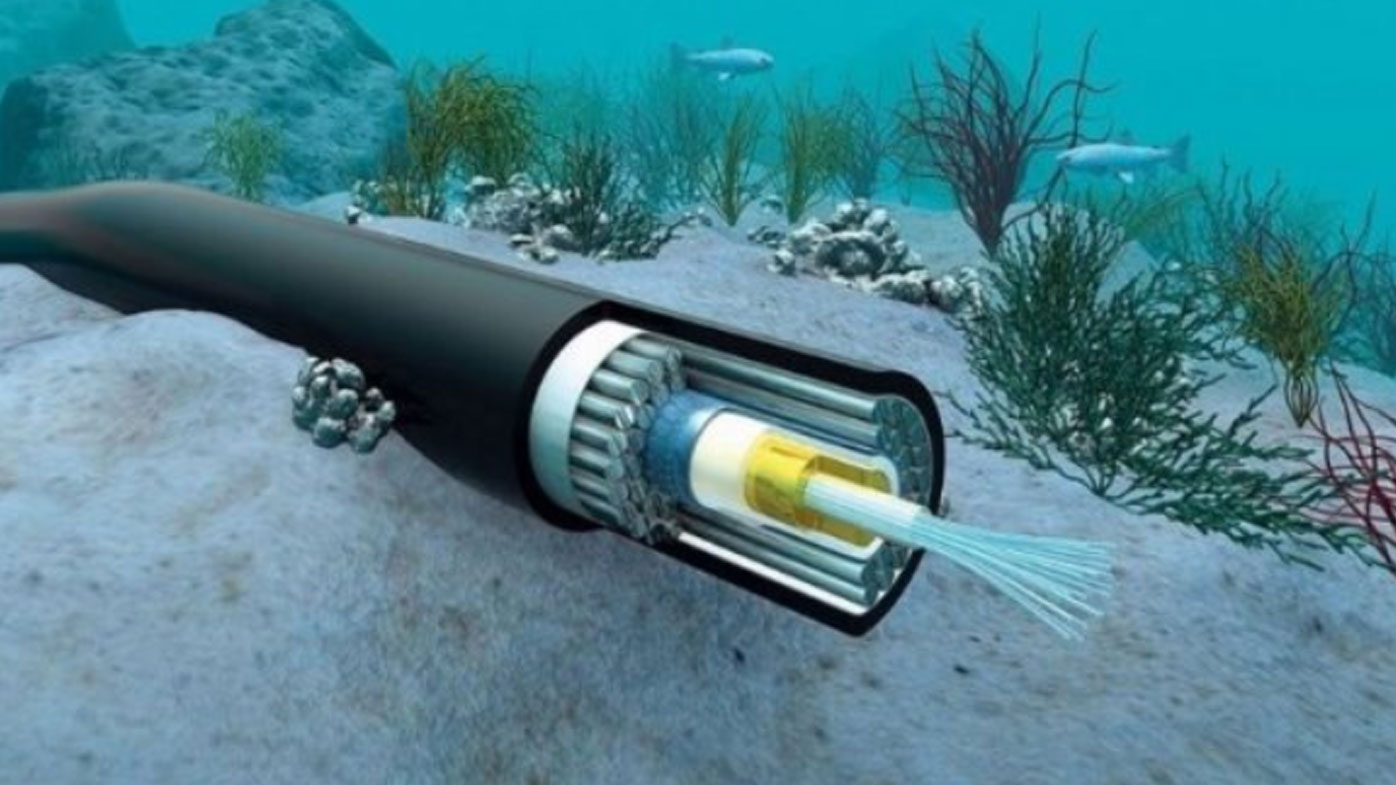The Underwater Web: How Ocean Internet Cables Connect the World
Have you ever wondered how the internet connects us across continents and oceans? The answer lies in the vast network of ocean internet cables that criss-cross the ocean floor, allowing us to stay connected with the rest of the world. In this article, we will explore the fascinating world of ocean internet cables and how they work to keep us connected.
What are Ocean Internet Cables?
Ocean internet cables, also known as submarine communication cables, are the physical infrastructure that enables internet and telecommunication traffic to be transmitted across the world's oceans. These cables are typically about the size of a garden hose and are made up of multiple strands of fiber optic cables, which are encased in layers of protective materials such as copper and polyethylene.
The first transatlantic telegraph cable was laid in 1858, connecting Newfoundland and Ireland, which revolutionized global communication at the time. The first modern underwater cable, TAT-1, was laid in 1956, and it connected the United States and the United Kingdom. Since then, the technology has evolved significantly, and ocean internet cables have become the backbone of the internet.
How do Ocean Internet Cables Work?
Ocean internet cables transmit data using light signals that travel through the fiber optic cables. Each strand of fiber optic cable is made up of tiny strands of glass or plastic fibers that transmit light signals. These light signals carry digital information, which is encoded and decoded using complex algorithms.
The cables are typically laid on the ocean floor, either by specialized ships or by plowing machines that bury the cables under the seabed. The cables are then connected to landing stations on the shore, which are typically located near major population centers. The landing stations are responsible for routing the data to its final destination.
Advantages of Ocean Internet Cables
The primary advantage of ocean internet cables is their speed and capacity. These cables can transmit data at incredibly high speeds, with some cables capable of transmitting data at speeds of up to 20 terabits per second. This speed and capacity are essential for powering the modern internet, which relies on the ability to transmit large amounts of data quickly.
Another advantage of ocean internet cables is their reliability. These cables are designed to withstand the harsh underwater environment, and they are built to last for decades. While they do occasionally
experience disruptions due to natural disasters or human interference, the redundancy of the network ensures that data can be rerouted through alternate pathways, ensuring minimal disruption to communication and internet services.
Challenges of Ocean Internet Cables
Despite their advantages, ocean internet cables do face several challenges. One of the primary challenges is the cost of laying and maintaining these cables. Laying cables on the ocean floor is a complex and expensive process, and the maintenance of these cables requires specialized equipment and expertise.
Another challenge is the risk of damage to the cables from natural disasters such as earthquakes, underwater landslides, and severe weather conditions. The cables are also vulnerable to damage from human activity, such as fishing, drilling, and anchoring.
Ocean internet cables are the unsung heroes of the internet, providing the essential infrastructure that enables global communication and the flow of information. Despite the challenges, these cables continue to evolve and improve, with new cables being laid and existing cables being upgraded to meet the growing demand for high-speed internet and telecommunication services. As our reliance on the internet continues to grow, ocean internet cables will remain an essential part of our connected world.
Labels: Interesting, science, Technology


0 Comments:
Post a Comment
Subscribe to Post Comments [Atom]
<< Home